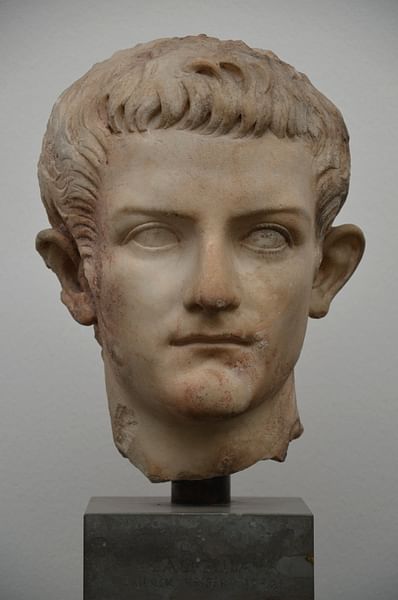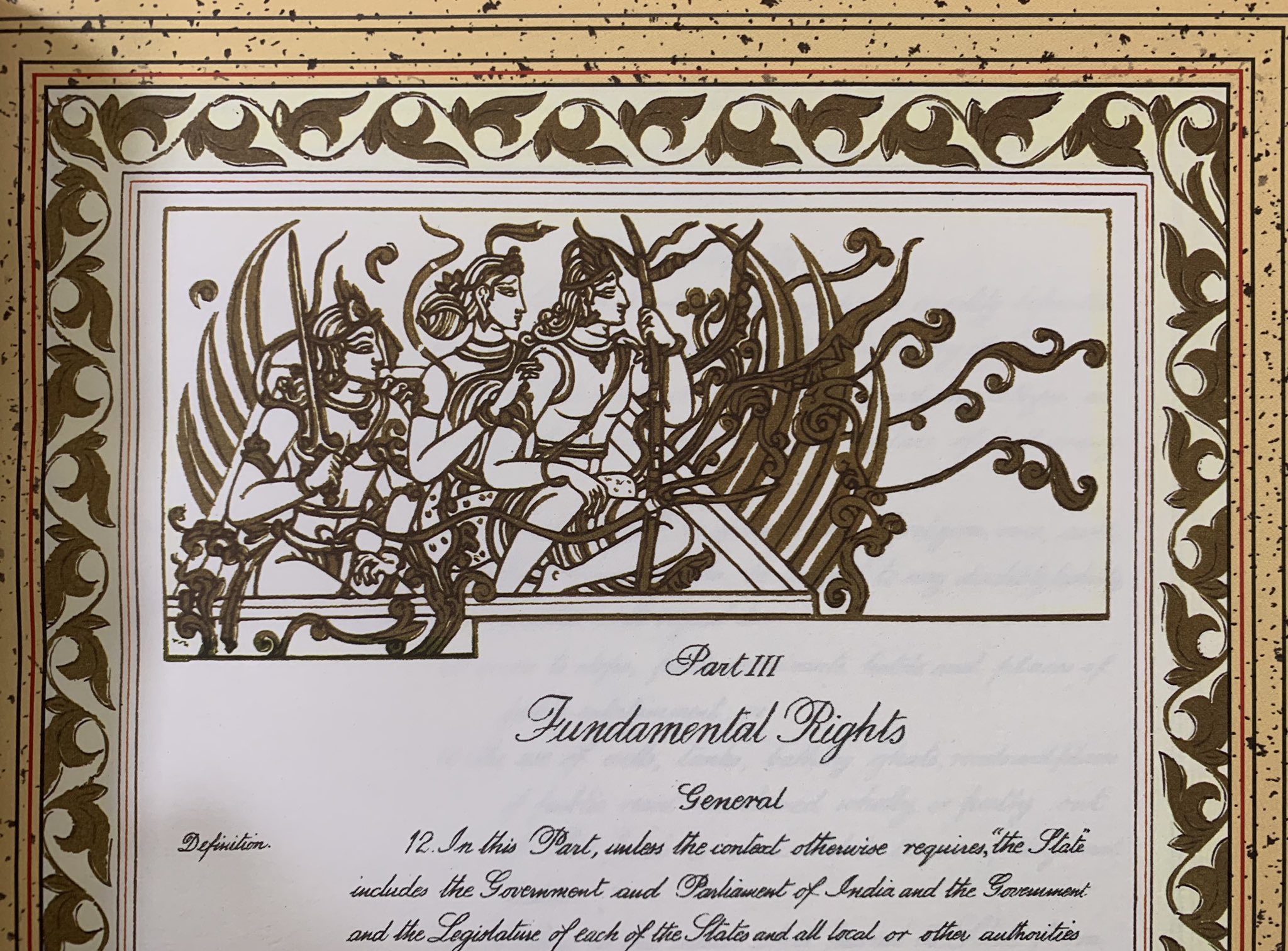In India 67 business accountants have been frozen by the ED in connection with the embezzlement by a provincial governor of Brazil.India has not revealed the details.Who is the governor and what is the fraud?
In all probability,the governor is Helder Barbalho and the fraud is related to the purchase of ventilators.
Two Brazilian governors came under fire in June over allegations of corruption related to Covid-19 spending, with one having his home raided and another set to face an impeachment process.
Federal police raided the government palace of Para state in the Amazon region as well Governor Helder Barbalho’s home as part of an investigation into alleged fraud in the purchase of ventilators for treating Covid-19. The search order targeted a total of 23 addresses in six states and Brazil’s federal district in Brasilia, police said in a statement.
Barbalho is the second governor to be investigated in relation to suspect medical expenditures during the pandemic.
 |
| Helder Barbalho |
On May 26, police searched the residence of Rio de Janeiro state Governor Wilson Witzel as part of an investigation into alleged irregularities in contracts awarded for the construction of emergency field hospitals. Rio legislators voted nearly unanimously to begin impeachment proceedings against the governor.
Witzel has promised eight emergency field hospitals, but only one has opened, near the Maracana soccer stadium.
He denied any wrongdoing and said he was the victim of political persecution.
“I am at ease about my innocence. I will keep on working as governor and will prepare my defense. I am sure that the deputies will judge the facts as they really are,“ said a statement from Witzel, who will continue in office unless the legislative process leads to his impeachment and removal.
Both Witzel and Barbalho have criticized President Jair Bolsonaro’s rejection of quarantine measures to contain the spread of the coronavirus.
The alleged fraud in Para stemmed from the acquisition of ventilators worth millions of dollars, done so without a call for bids as allowed by state emergency protocols during the pandemic. The equipment deployment was delayed and ultimately useless for patients with Covid-19, according to the police statement, which said investigators are looking into allegations of money laundering and corruption.
The judge who ordered the raid froze $5 million in the bank accounts of Barbalho and seven others, prosecutors said. They said there are indications the governor has a close relationship with the executive who supplied the ventilators and also knew they were inadequate.
“I am at ease and available for any clarification. I acted in time to avoid damage to the treasury, since the resources were returned to the state,” Barbalho said on Twitter. “I am not a friend of the businessman and obviously did not know that the ventilators would not work.” During the operation, police found dozens of bundles of cash in a home belonging to Peter Cassol, former secretary of administrative management at the state health department, according to images shown by TV Globo. In the afternoon, the government announced Cassol’s dismissal.
The Para government said in a statement that it had already gone to court to file for compensation from the suppliers for damages.
Para is Brazil’s fourth hardest-hit state, with about 62,000 confirmed coronavirus cases and more than 3,900 deaths, according to official data, which is considered by experts to be a significant undercount.
Bolsonaro changed the head of the federal police in April, sparking suspicion of political interference in the force as alleged by former Justice Minister Sérgio Moro, who resigned.
The Enforcement Directorate (ED) informed the Delhi high court that it froze 67 bank accounts of various Indian businessmen and companies in India on the request of Brazil, where a provincial governor is under investigation for embezzling funds.
The ED has informed the court that it acted on mutual legal agreement between both countries but it hasn’t filed any case in the matter.
The agency was responding to a plea filed by advocate Vijay Aggarwal on behalf of company Hamilton Housewares, whose account was frozen by the ED last month along with other individuals/companies.
Hamilton Housewares Pvt Ltd deals in plastics, thermo steel, thermo ware, ceramic ware and glassware under the brand name “Milton”. The company’s accounts was ordered to be frozen by the ED on 13 July. The order further said that no withdrawals will be allowed without the permission of the agency.
Aggarwal argued before the high court that the business of the company has been affected due to ED’s action and it is not able to perform its day-to-day business, both as regards to payments to be made and the orders to be performed.
He further argued that the action has been taken when it is not even known whether a scheduled offence has been registered or not and that ED has not supplied to the company “reasons to believe” to freeze the bank account.
The ED said that the action has been taken on request of Brazil and India is under obligation to act as there is a reciprocal agreement between the two countries. Brazilian authorities had requested India to freeze these 67 accounts in which funds linked to a provincial governor have been transferred.
 |
| Wilson Witzel |
Apart from Hamilton Housewares, accounts of eight more companies, namely JK Tyre, KP Sanghvi & Sons, Nancy Crafts Pvt Ltd, Bharat Fashion and Apparels, Eastman Industries Ltd, Orbit Exports Ltd, Shrenuj & Co and RSWM Ltd were frozen by the ED in Brazil probe.
Witzel holds a master's in Civil Law, and has been a professor of Criminal Law for more than 20 years. As a federal judge, he served in different civil and criminal courts in Rio de Janeiro and in Vitória (Espírito Santo).An ally of the far-right president, Jair Bolsonaro, Witzel was elected after promising a “slaughter” of drug gangsters. In September 2019, following the killing of an eight year old girl, hundreds demonstrated in anger in the Complexo do Alemão favela where she was shot, and the hashtag #aculpaedowitzel (it’s Witzel’s fault) led trending topics in Brazil. Cartoons showing the smiling governor wiping blood from his face.


















